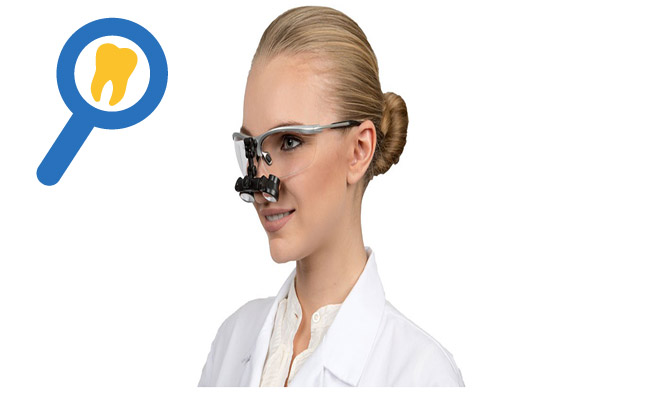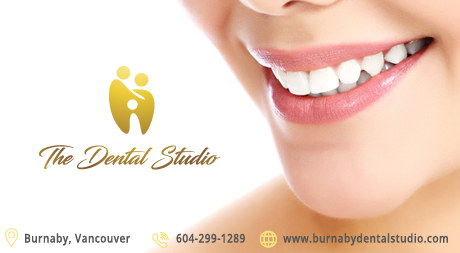The Power of Creating a Comprehensive Practice Page in the Dentist Directory Canada: An In-Depth Analysis
In the modern digital age, establishing a strong online presence is crucial for the success of any business, and the field of dentistry is no exception. For dental practitioners in Canada, creating a comprehensive practice page in the Dentist Directory Canada offers a myriad of benefits that can significantly enhance their reach, reputation, and patient engagement.
The Digital Landscape: Shaping Patient Expectations
As the digital landscape continues to evolve, patients have come to expect instant access to information. When searching for dental services, potential patients often turn to online platforms to find reliable practitioners. Creating a dedicated practice page in the Dentist Directory Canada goes beyond a mere listing – it’s an opportunity to showcase your practice in its entirety.
Visual Impact: A Picture Is Worth a Thousand Words
Images and videos have the power to convey information and evoke emotions in ways that text alone cannot. By incorporating images and videos on your practice page, you provide potential patients with a visual preview of your clinic, the ambiance, and the equipment you use. This visual impact can make a significant impression and help patients feel more comfortable before even stepping foot in your clinic.
Engaging Content: Establishing Expertise and Trust
The ability to add content, such as articles, blog posts, or educational videos, on your practice page is a remarkable opportunity to showcase your expertise and commitment to patient education. Sharing informative content about oral health, common dental procedures, and tips for maintaining healthy teeth can position you as a knowledgeable authority in the field. This not only helps patients make informed decisions but also builds trust and rapport.
Working Hours and Contact Information: Seamless Patient Experience
Having a dedicated space to showcase your working hours and contact information eliminates any confusion and ensures a seamless patient experience. Patients can easily find when you’re available for appointments, and having accurate contact details simplifies the process of scheduling visits. This convenience can be a deciding factor for potential patients who are evaluating their options.
Enhancing Patient-Provider Communication
A comprehensive practice page allows you to foster better communication with your patients. You can include details about how patients can reach out to you, whether it’s through the listed phone number, email, or an embedded contact form. This accessibility demonstrates your commitment to patient care and makes it easier for patients to get the information they need.
Personalization: Reflecting Your Brand Identity
Your practice page serves as a digital reflection of your brand identity. You can personalize it to match the aesthetics and values of your clinic. This consistency across all touchpoints – both physical and digital – reinforces your brand’s identity and fosters a sense of familiarity for patients.
SEO Benefits: Boosting Online Visibility
Search engine optimization (SEO) is crucial for ensuring that your practice gets noticed online. Creating a comprehensive practice page with relevant keywords, engaging content, and multimedia elements can boost your search engine rankings. This means that when potential patients search for dental services in your area, your practice page is more likely to appear in their search results.
In conclusion, creating a comprehensive practice page in the Dentist Directory Canada offers dental practitioners a host of advantages that go beyond simple listing. From visual impact and engaging content to seamless patient communication and brand personalization, the benefits are far-reaching. Embracing the digital tools at your disposal not only helps you stay competitive but also positions you as a modern and patient-centric dental professional.






Recent Comments